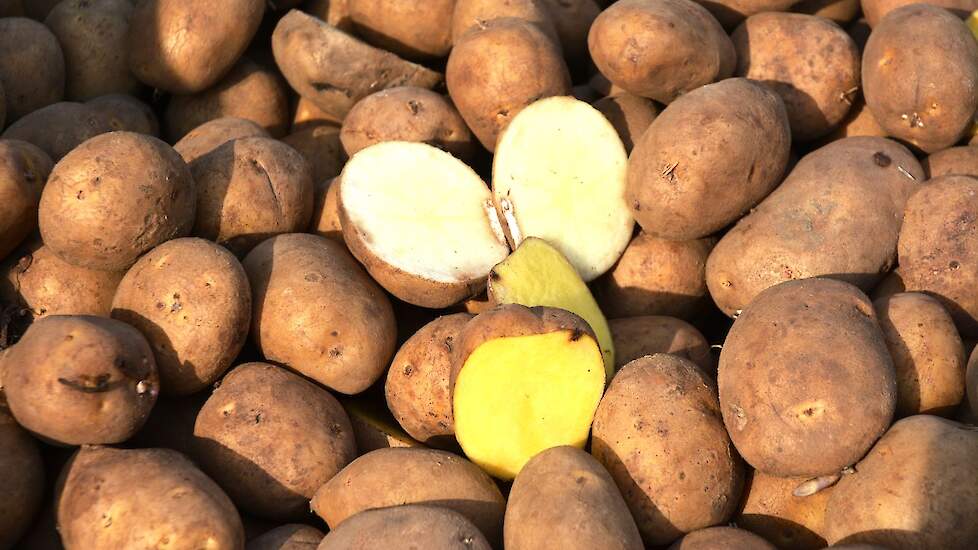While real-time video monitoring is used in the Netherlands for the export of seed potatoes, Russia has designated disease-free zones in Germany without video monitoring during shipping.

This is evident from reports from www.agroberichtbuitenland.nl. The Russian Ministry of Agriculture Rosselkhodznadzor announced in an English-language statement at the end of March that only Finland, Scotland and Germany have complied with the procedure declaring regions disease-free for export to Russia. According to the Russian Ministry of Agriculture, this procedure is based on international agreements on phytosanitary measures.

Disputed brown rot find
The Russian ministry stated at the beginning of March that real-time video monitoring of Dutch seed potatoes during shipping has proved to be an effective method, now that the corona crisis prevents the work of Russian inspectors on the spot. The Russian authorities are extra critical because they allegedly found brown rot in a batch of seed potatoes in North Holland in 2018.
The lot had been sampled during the physical round of samples by Russian inspectors as it took place before. The sample was examined in a laboratory in Russia. Brown rot was found there. But the Dutch Potato Organization indicates that the NVWA has conducted intensive research at the grower concerned and has been unable to find any brown rot.
Number 1 position
In recent years, the Netherlands and Germany have been competing for the number 1 position on the list of largest seed potato exporters to Russia. In 2019, the Netherlands led the list with a share of 40.8 percent, followed by Germany with a share of 33.8 percent. From January to April 2020, the Dutch share even reached 50 percent. But the volume has been limited at 4000-5000 tons annually in recent years, compared to the total Dutch export volume of more than 750,000 tons (in 2020). In 2014 the volume was over 17,000 tons.

